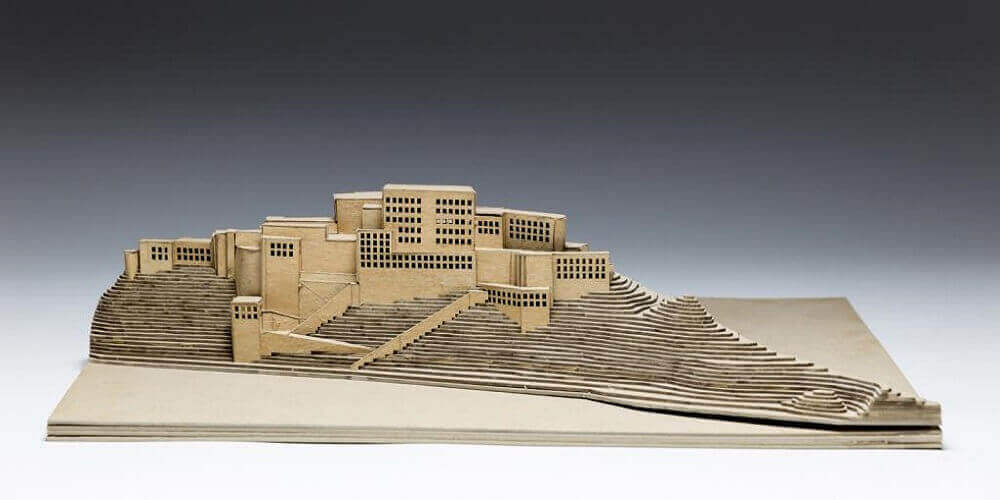In the earlier days, the main material used for making Architectural model making was corks. Nowadays, architectural model making now uses variety of materials such as foam, task boards, cardboard/ paper, and even wood.
More advanced features include the use of 3D plastic printing. These kinds of models are usually better looking and convey messages more appropriately.
Materials Used For Making Architectural Models
There are various materials used for making Architectural models and some of them include
Sulphite paper
It is very light and weighs very little. It is normally used by architects for making models with a lot of curved lines. It is probably one of the lightest materials used by architects.
Card stock
This is very flexible as well although it is ticker than sulphite paper. It comes in various colors. With a handheld torch and a neutral colored card stock, an architect can determine the effect light has on their building.
Madeira Balsa
It is thin wood. It is very easy to cut, it lasts longer, and makes work more detailed than a card or paper.
Another advantage of using a Madeira balsa is that it is has a neat finish, something to impress your client with.
Basswood
Basswood is thicker and heavier than balsa. Therefore cutting and sanding it requires more effort. Using a Basswood to make a model ensures longevity.
Foam
This is another type of Architectural material very popular amongst students. Its popularity is due to its affordability and because it is easier to work on.
It is used in volumetric testing, which pays less attention to the details of a building than it does to the foam used.
A special type of foam called Flat foam boards is made using cardboards, with foam sandwiched in between them. Foams are 3mm to 5mm heavy and they are easy to cut using a pair of scissors.
Polyamide
It is usually used for 3D printings. It is suitable for intricate designs. Its smooth finishes also make it suitable for several other designs. It is stronger and heavier.
ABS(Acrylonitrile Butadiene Styrene)
This is also used for 3D printing just like polyamide. It dissolves well in acetone, ensuring a neat weld between parts. Only a few materials have this exclusive feature.
Acrylic
Acrylic is a Plastic with various advantages. It is flexible and can be manipulated at will. Another advantage of this material is that it creates convincing windows and other features you can add to models produced with other materials.
Taskboard
Taskboards are used to make certain kinds of curves on a model. It is wood fiber and losses its flexibility when it is dry. To achieve a curve, you have to spray it with water to make it flexible again.
Taskboards are suitable for laser-cutting because it is easy to sand off the edge burn.
Conclusion
Architectural Modeling is an art that requires careful articulation and precision. So at all times, it is required that architects should carefully choose their materials for each specific project. This saves time, cost and leads to a better improved outcome.
